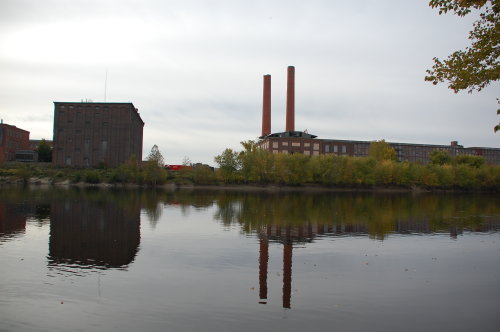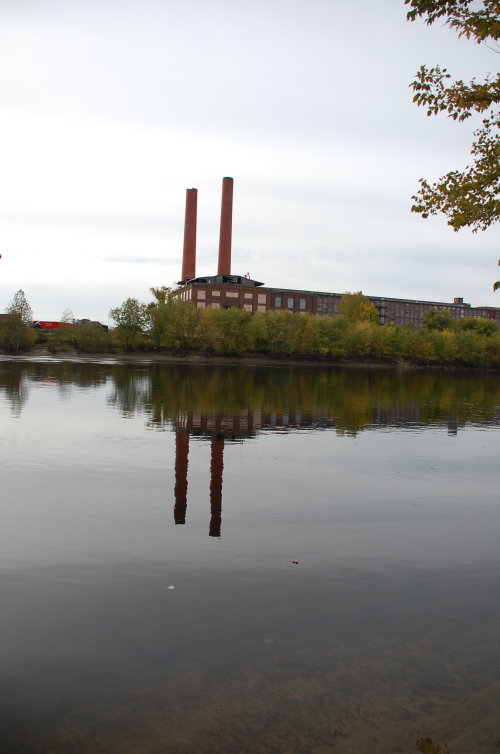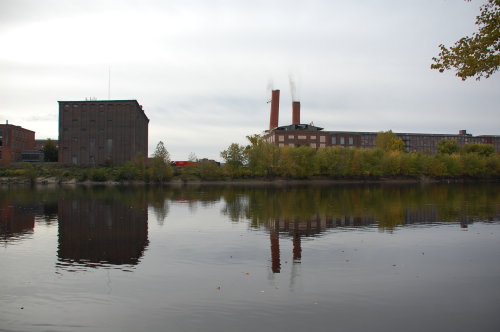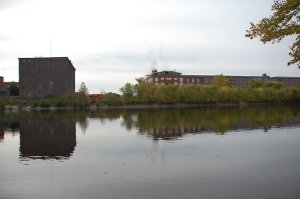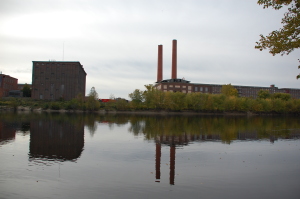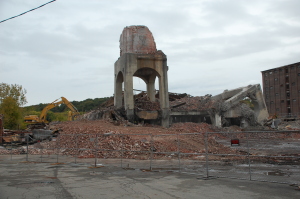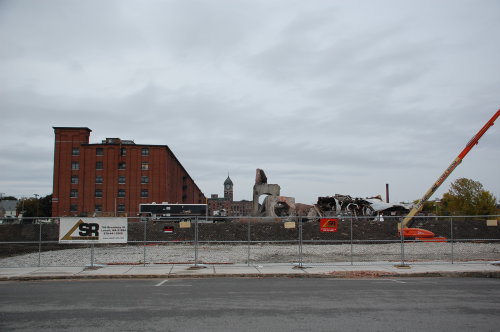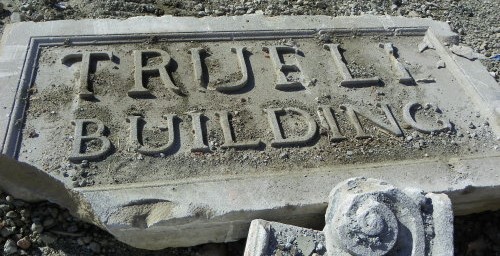
As the city of Lawrence continues to change, we reflect on what has been lost over the years.
If we think about what has been lost, we can keep in mind what we, as a community, believe should be saved.
- Structures that reflect the engineering designs of first class intellects;
- Architectural designs of world class architects;
- Housing and commercial sites that reflect a city that has been able to transform with the passage of time and differing cultures;
- Those aspects that are indicative of an urban mill city community ~ more importantly, those aspects that are indicative of Lawrence, the Immigrant City.
Every old structure may not be deemed worthy of salvaging - we juggle the need to preserve the integrity of the city's history, texture and style with the need to provide for jobs and affordable housing. If we remember what has been lost, we may be better stewards of deciding what to save.
Truell Building Demolition
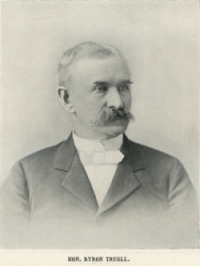 Honorable Byron Truell was born in St. Johnsbury, Vermont November 23, 1834. His early education was received at Barnston, P.Q., and finished at Stanstead Academy, graduating in 1854. Byron Truell married in 1859 and had two children.
Honorable Byron Truell was born in St. Johnsbury, Vermont November 23, 1834. His early education was received at Barnston, P.Q., and finished at Stanstead Academy, graduating in 1854. Byron Truell married in 1859 and had two children.
Coming to Lawrence he, for four years, served as merchant's clerk. He then entered business under the firm name of Baily and Truell, and in 1863, the partnership was dissolved, Mr. Truell opening his present headquarters in September of that year, where then and since he was very successful - a firm recognized as a leading one if its kind in the county.
Mr. Truell's public life dates from 1865 when he represented his ward in the Common Council. In 1875-76, he was a member of the House of Representatives, and the two following years as member of the State Senate. As another tribute to his popularity he was elected for two successive years a member of the State Executive Council, serving under two different Governors. Truell was the Director of the Pacific National Bank, and in 1894, was president of the Board of Trade, and in all public measures or any movement pertaining to the public good, he took great interest.
Mr. Truell attended Lawrence Street Church, and resided at 355 Haverhill Street.
The following images were taken in February 2010 as the Truell Building, 372 Essex Street Lawrence, MA was being taken down. They provide a history of building billboard advertising in an earlier Lawrence, MA.
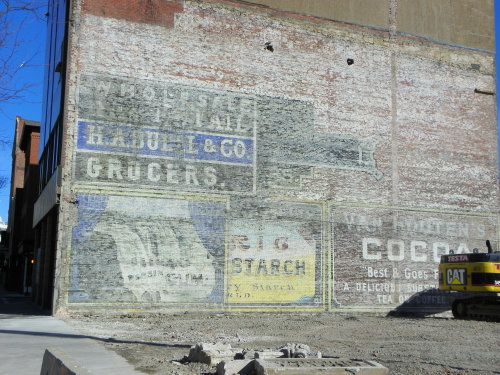
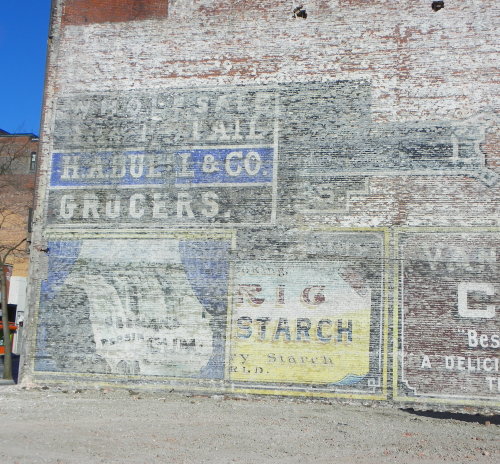
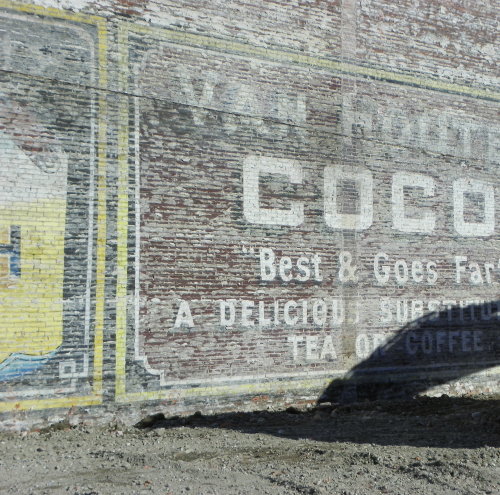
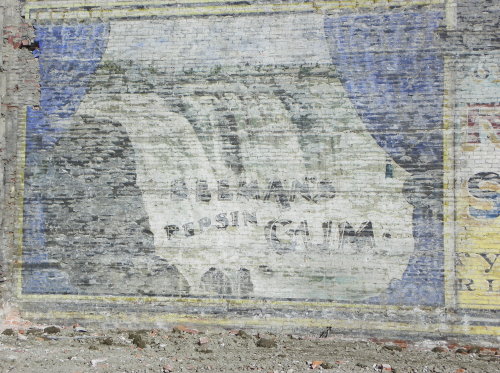
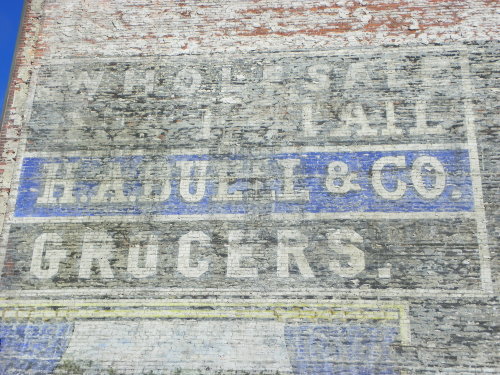
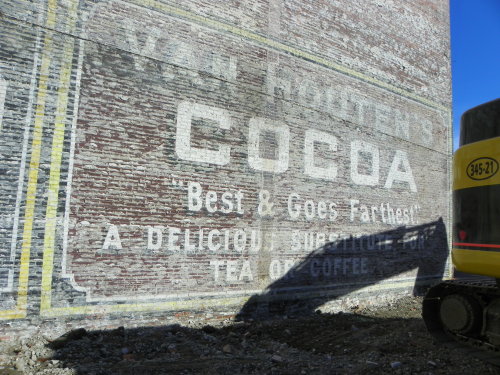
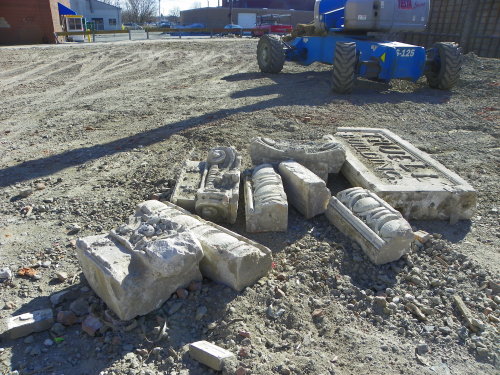
Truell Building Remnants at LHC
Despite the demolition of the Truell Building on Essex Street, part of its history will be preserved. With the cooperation of Mayor William Lantigua's office and the very hard work of the Lawrence Department of Public Works, architectural remnants of the iconic front of the Truell Building were moved to the Lawrence History Center Courtyard.
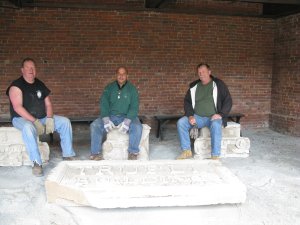
On Friday, April 23, 2010, city workers Joe Carroll (left), Anthony Matteo (center) and Wayne Firth (right) brought what was left of the Byron Truell building on Essex Street to the courtyard of the Lawrence History Center. This was no easy task!
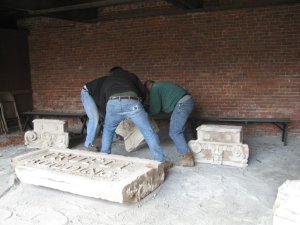
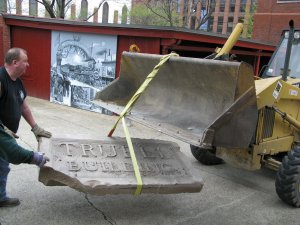
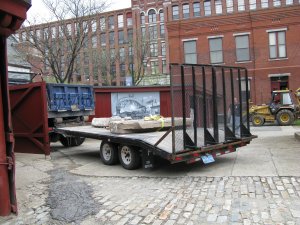
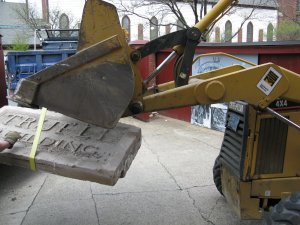
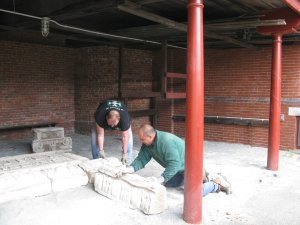
The Lawrence City workers from the DPW were very respectful of the part of Lawrence history they were helping to preserve. With the use of heavy equipment and more importantly, incredible physical labor, these gentlemen moved the very heavy concrete building remains into the courtyard of the LHC - protecting not only the Truell artifacts but protecting the Essex Company shed structure as well.
The Truell architectural heritage will remain in Lawrence, the LHC Courtyard - in an appropriate place on Essex Street. The architectural details will be incorporated into the courtyard design - so that everyone will have a chance to say , "Who was Truell?" And learn a bit more about his Lawrence story - and the history of Essex Street.
Wood Mill Power House Smokestacks Come Down
he Wood Mill Power House Smokestacks were imploded on Thursday, October 15, 2009 at 10:00 am to make way for future development by Mr. Salvatore Lupoli. A commercial store plaza is to be constructed along Merrimack Street. A Public park will house selected remains from the power house - to be installed as public art. Future plans include an office building along the river front.
The power house was built in 1905-1906 to provide power for the massive Wood Mill site. The Wood Mill, once considered the largest worsted woolen plant in the world, employed 7000 mill workers when it opened in April 1906. Part of the American Woolen Company system, the mill was named for William Wood, the president of the American Woolen Company. The mill was twice the size it is toady in area. Half the mill was taken down, lengthwise, to provide parking along the river.
The following Wood Mill smokestack and Merrimack River images were taken by LHC volunteer and photographer, Kathleen Flynn.
